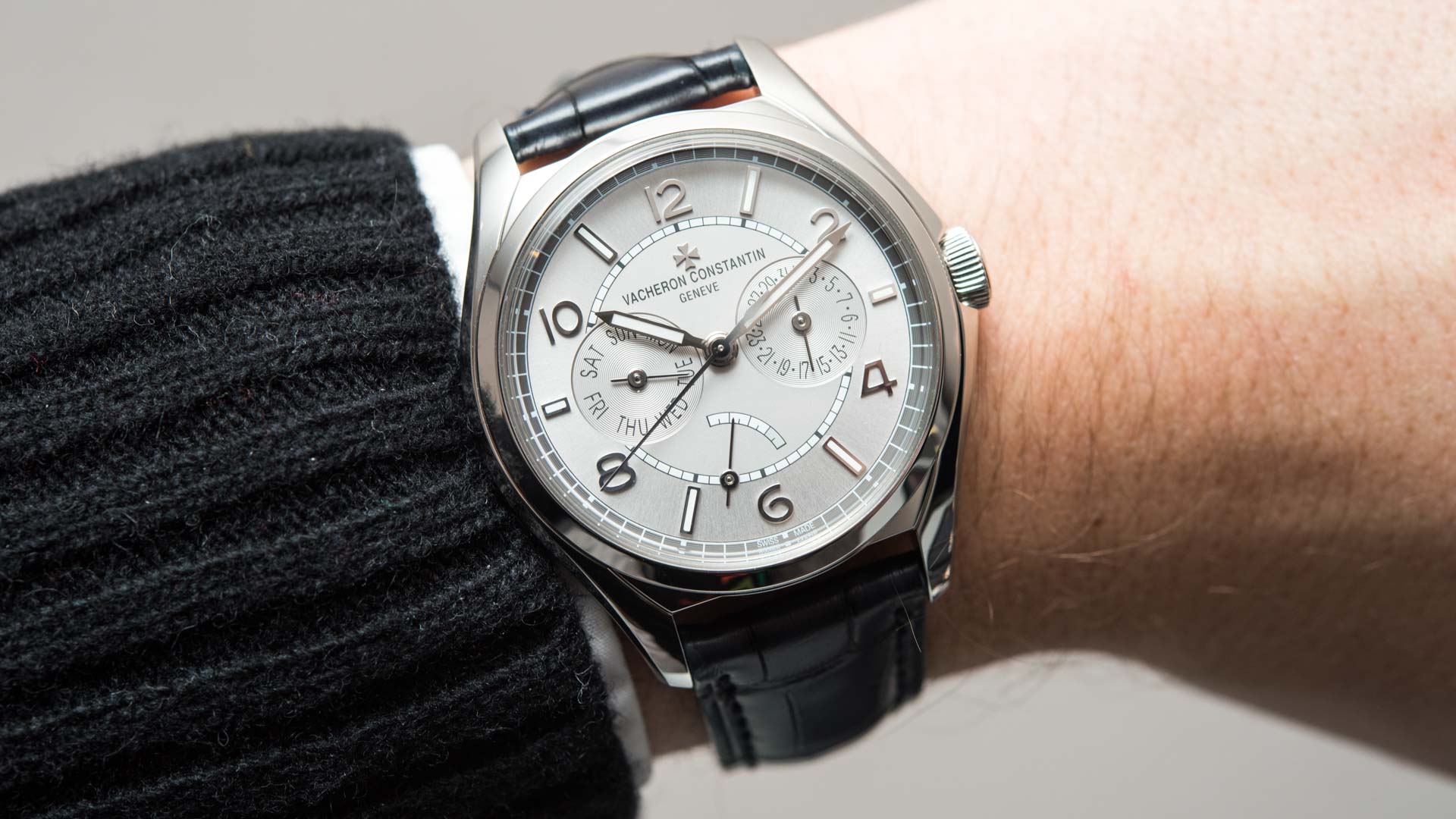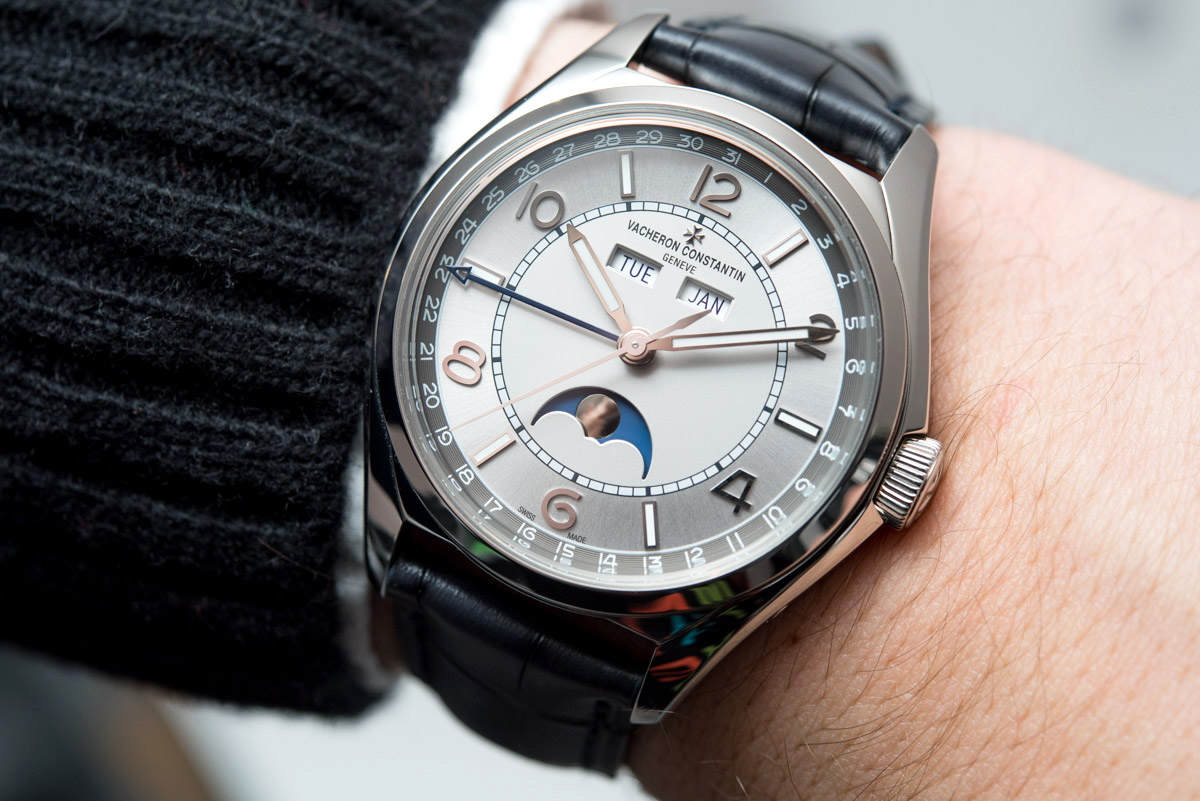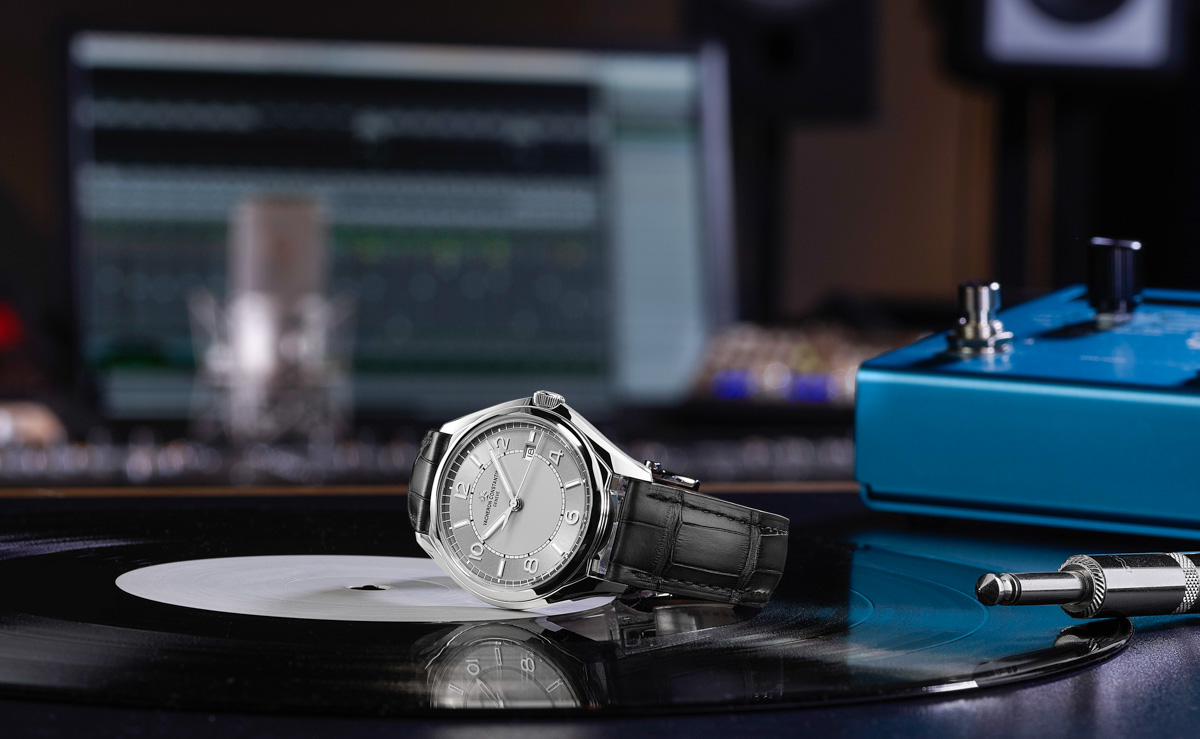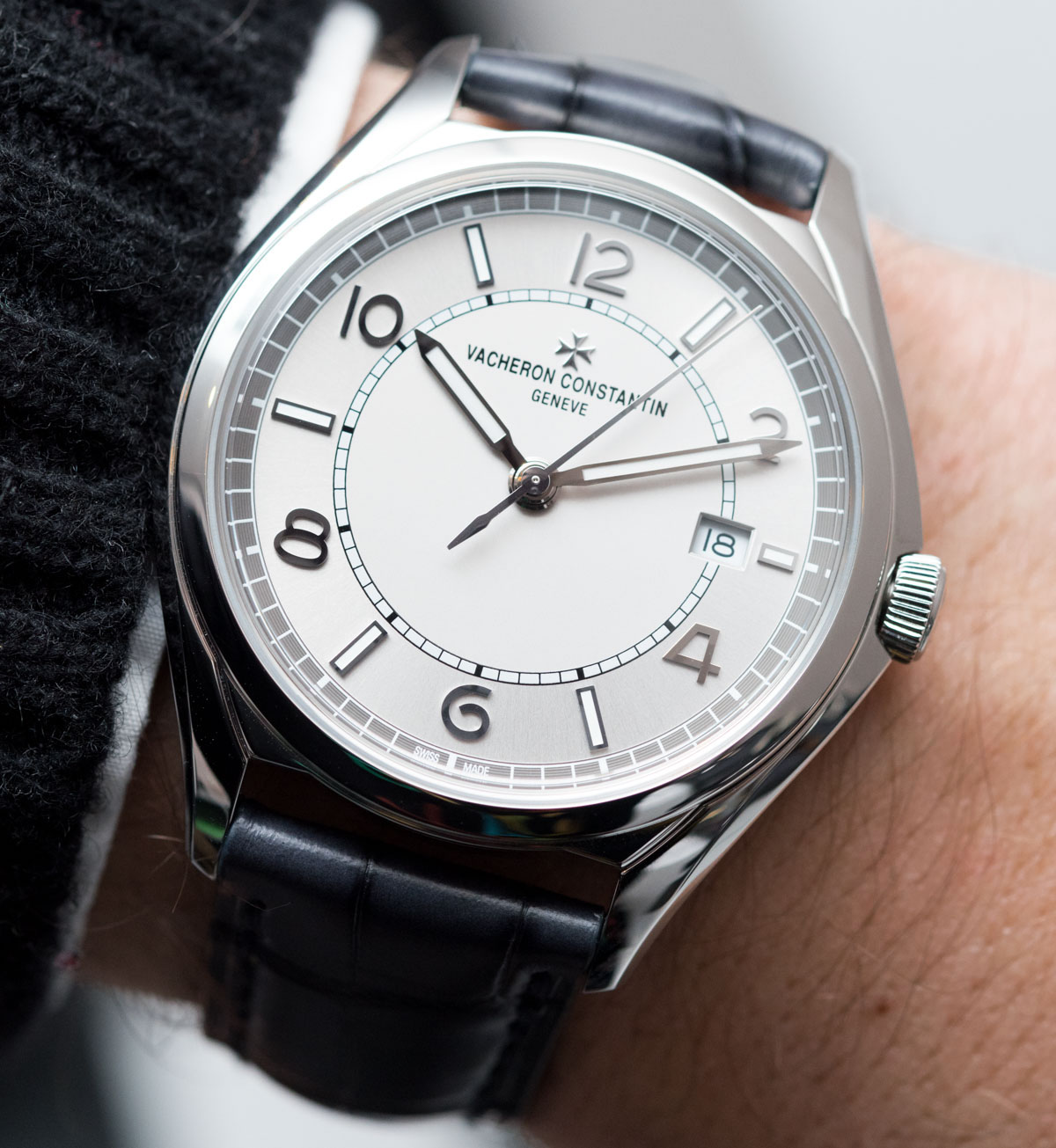
Do you know what the new-for-2018 Vacheron Constantin FiftySix collection is based on? Come on, have an educated guess! Nothing? Anything? Well, it is the “modern interpretation of the iconic reference 6073, launched in 1956 and inspired by the Maltese cross.” Good thing I already took my pills prescribed for the nervous twitch I had recently developed for the i-word.
Now, first things first, I know I have gone on a rant about the new Jaeger-LeCoultre Polaris here, but it is only now, weeks after I have written this draft while coming back for another look that I realize the resemblance between the two watches, as well as my reaction to them – this, I presume, simply couldn’t have dawned on me during the remarkably busy weeks during and after SIHH. Now, this being said, as we shall see below, the two watches very much belong to the same trend, but one (this one) makes a notably better effort at it… And with that, let us now discover the many shades of vintage laziness.
Iconic, iconic, iconic, iconic, iconic
With a bit of help from Wikipedia, I think I could feasibly give you a 24,753-item-long list of things more iconic than a watch that, I suspect, a considerable percentage of global Vacheron Constantin staff couldn’t pick from a group of five other 1950s Vacheron dress watches. Call it historical or call it original, but the 6073 is not an icon of much anything. Icons by definition you have either seen before (and remember), or at least have seen their impression on many other contemporary items that have been inspired by it. In other words, an icon should somehow be relevant today and it should be part of at least the passive knowledge base of the masses. Now, you tell me how many of you have thought about the 6073 in the last number of decades.
In its official communcation about the FiftySix collection, Vacheron Constantin fails – doesn’t even try – to explain how the 6073 has affected watches that came during its time or after it. Sure, the 6073 is by all means a neat-looking dress watch, but I deeply doubt the absolute majority of watch lovers have sought it before or used it as a point of reference. I chose to not add a picture of it here, because if it’s that iconic, I’m sure all of you know what it looks like. Although I am certainly no authority on this topic, I think most of us will agree that the Royal Oak is an icon, the DW-5000 G-Shock is an icon, or perhaps the iPhone or the Porsche 911. A largely forgotten and in fact not at all highly collected 1950s Vacheron Constantin dress watch is not.
Vacheron Constantin remains confident about the FiftySix collection and describes it as “Design and positioning [being] in tune with the current expectations of Fine Watchmaking connoisseurs.” Oh, okay then. I had my doubts, but this totally convinced me otherwise. Apparently what we want is the confused look of mixed up indices and sub-dials that are just way too close together. Yes, these certainly rank high on the bucket list of “Must-have watch design elements in 2018” for every Fine Watchmaking Connoisseur. But wait, there’s more.
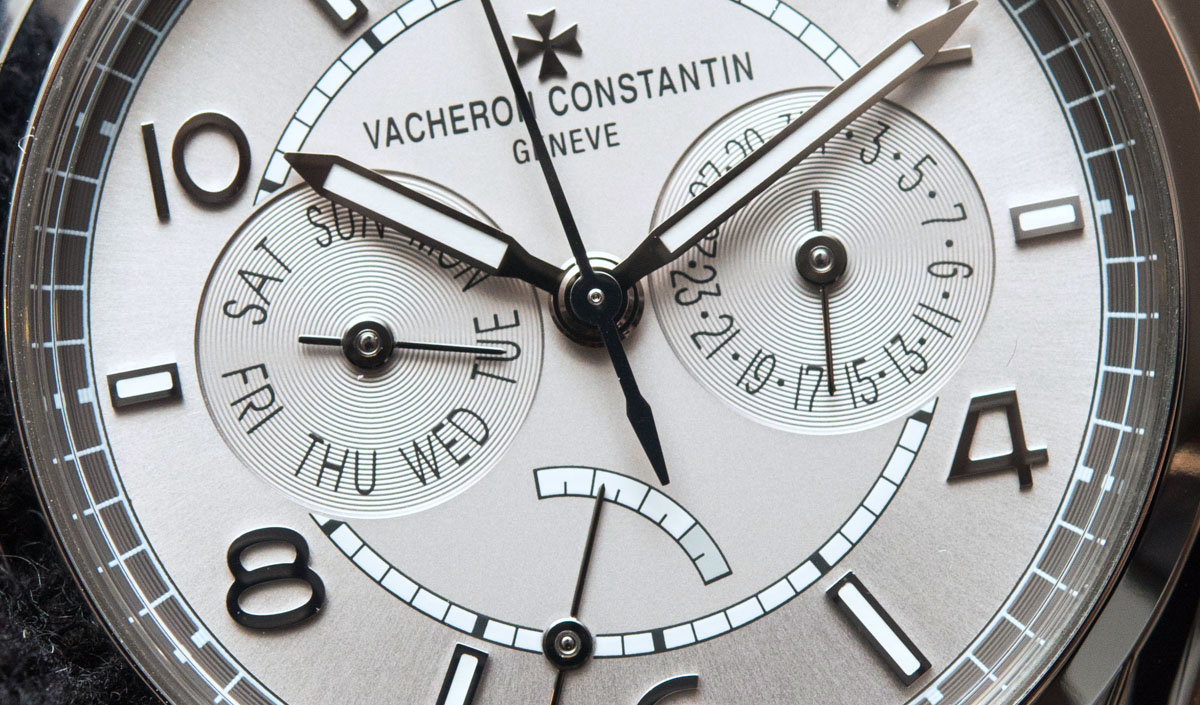
“For the first time in its history, the Maison has decided to offer a classic collection both in gold and in steel, while treating the latter material with the same high aesthetic standards as the precious metal. As an example of this, see the use of white gold hands and appliqués on the steel versions of the FIFTYSIX®.”
So, after some 46 years of utter disdain, the lowly, lowly stainless steel – a material proudly used in other stupid-expensive luxury watches since 1972 – gets to enjoy the warm, welcoming embrace of “the Maison” in a classic collection, no less. White gold hands and appliqués, like on any Rolex watch at any price point in recent memory, as well as an undoubtedly beautiful, 22k gold automatic rotor find their ways into the entry-level Vacheron Constantin FiftySix Self-Winding Steel, competitively priced at $11,700 – not just into its pink gold superior, that costs a decidedly less plebeian $19,400.
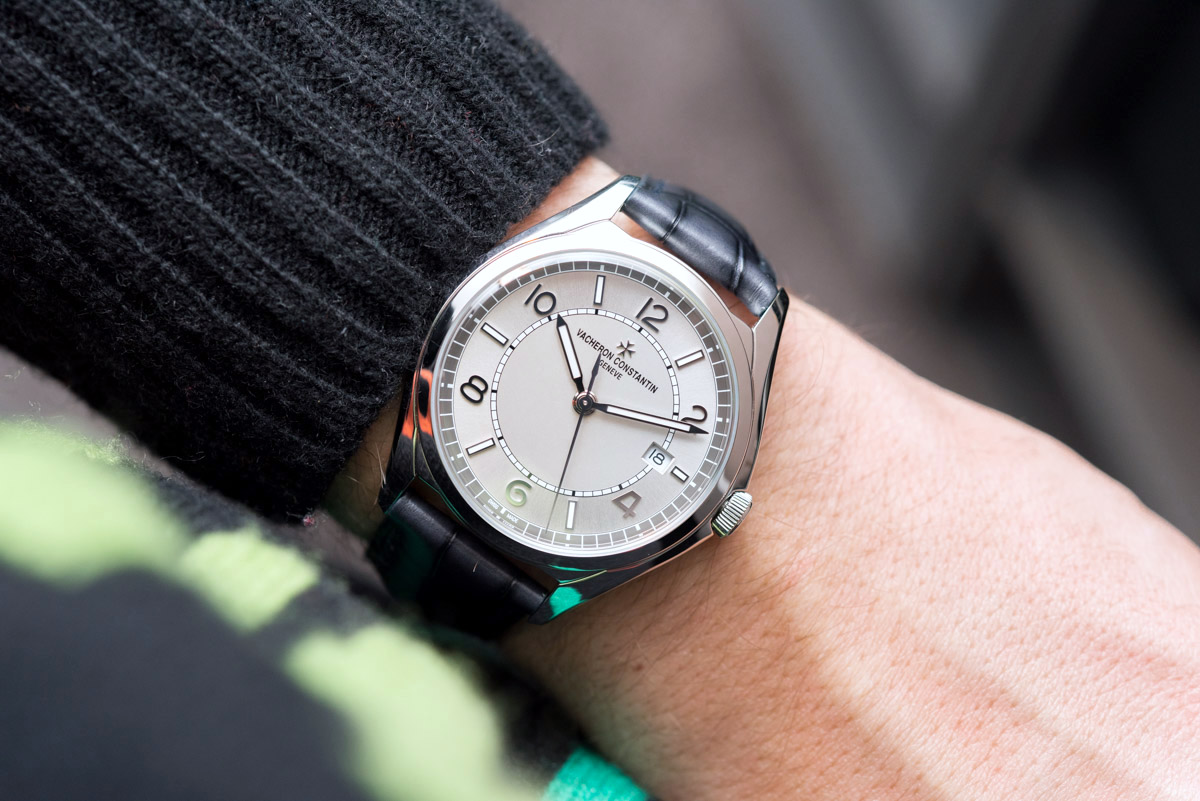
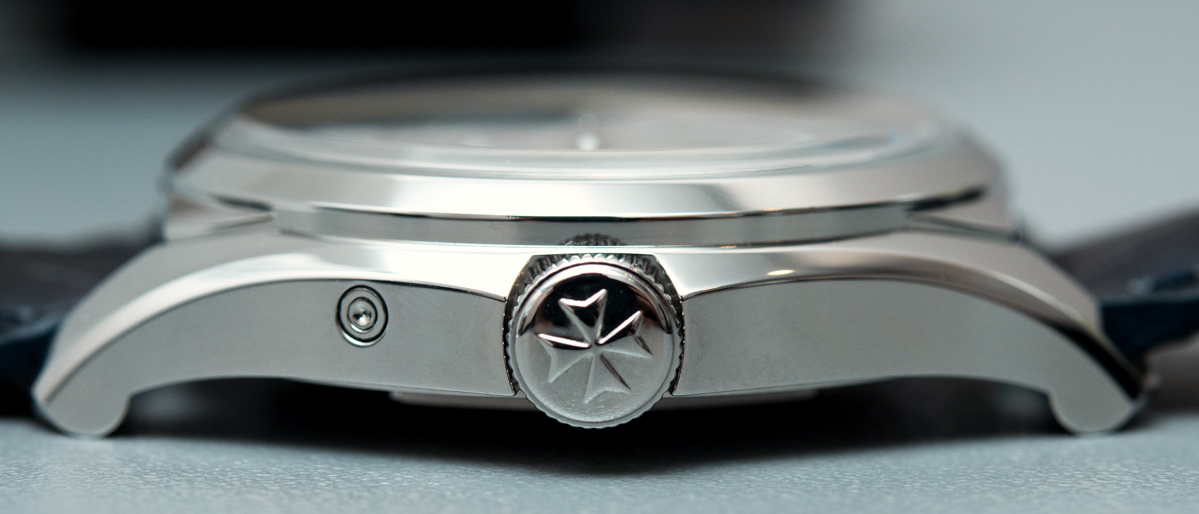
Sure, all this fits the image of the brand neatly. Vacheron Constantin’s forte is being the ultimate safe-haven for a certain type of clientele. Beyond selling to those who genuinely like their watches, one gets the idea that it also attracts the sort of chap who makes good money but does not yet have a distinct personal taste nor/or the confidence to wear something he discovered he likes. Hence, until this changes, his concern is to be able to defend his purchase and to be reassured by it, so that when he’s asked why he bought his Vacheron Constantin – not that most run of the mill Vacheron Constantins could be regarded as hot conversation starters these days – he can just play the heritage card, 1755 and all that. Oh, and also 1956, don’t you dare forget 1956… even if, weirdly, the watch doesn’t say FiftySix anywhere on it.
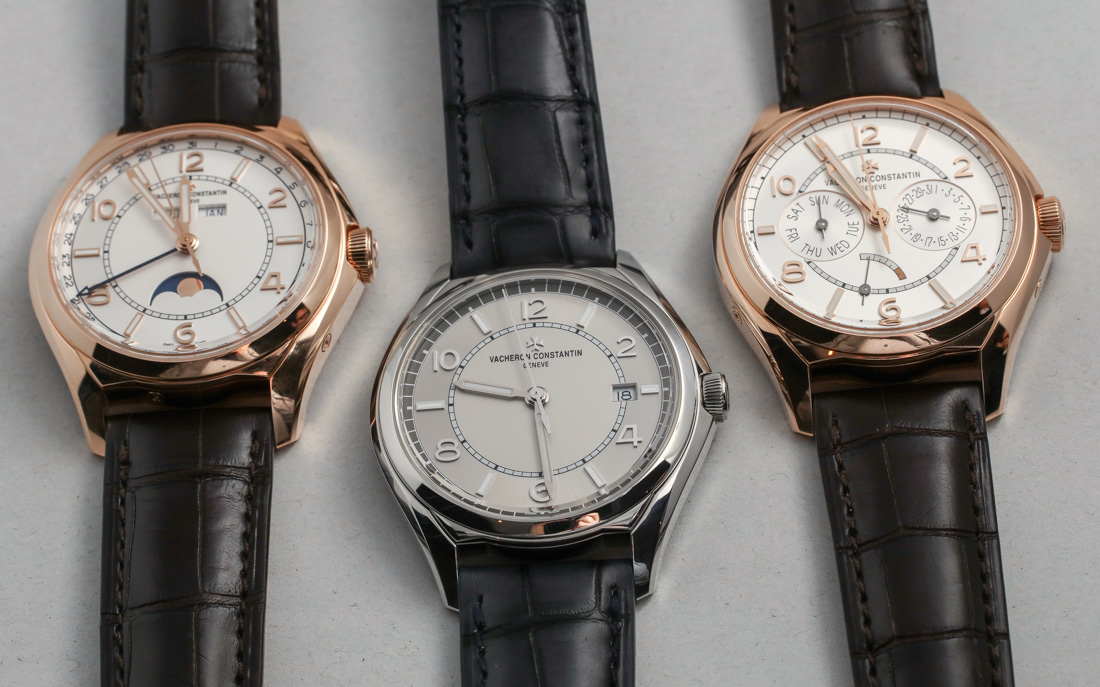
Now, Vacheron Constantin has made a step forward, as with the FiftySix collection he at least gets to pretend he has a personality. It’s called FiftySix – such a quirky cool and hip way of writing 56, this arbitrary number – while the neatly applied, mixed-up indices on the dial truly look like someone at “the Maison” really got to go to town that one day at work. Even if the resulting baton-Arabic numeral index layout looks like it belongs in a grammar school math book exercise – “today we are learning even numbers up to twelve.” In all seriousness, I don’t find it to be a balanced look, somehow. It isn’t elegant, it isn’t fun, it’s just half this and half that – as though the watch tried not to overwhelm its wearer with all these confusing numbers between 1 and 12. It looks weird on images and it does not look any better on the wrist.
Now that we fully understand the iconic ancestry and the connoisseur-expectation-meeting positioning of the FiftySix, it is certainly time to start looking at its many, many details. The main challenge in this endeavor for the average “Fine Watchmaking Connoisseur” lies in deciphering which elements of this new collection trace from its iconic – and yet somehow shamefully forgotten! – forebearer, and which ones are new.
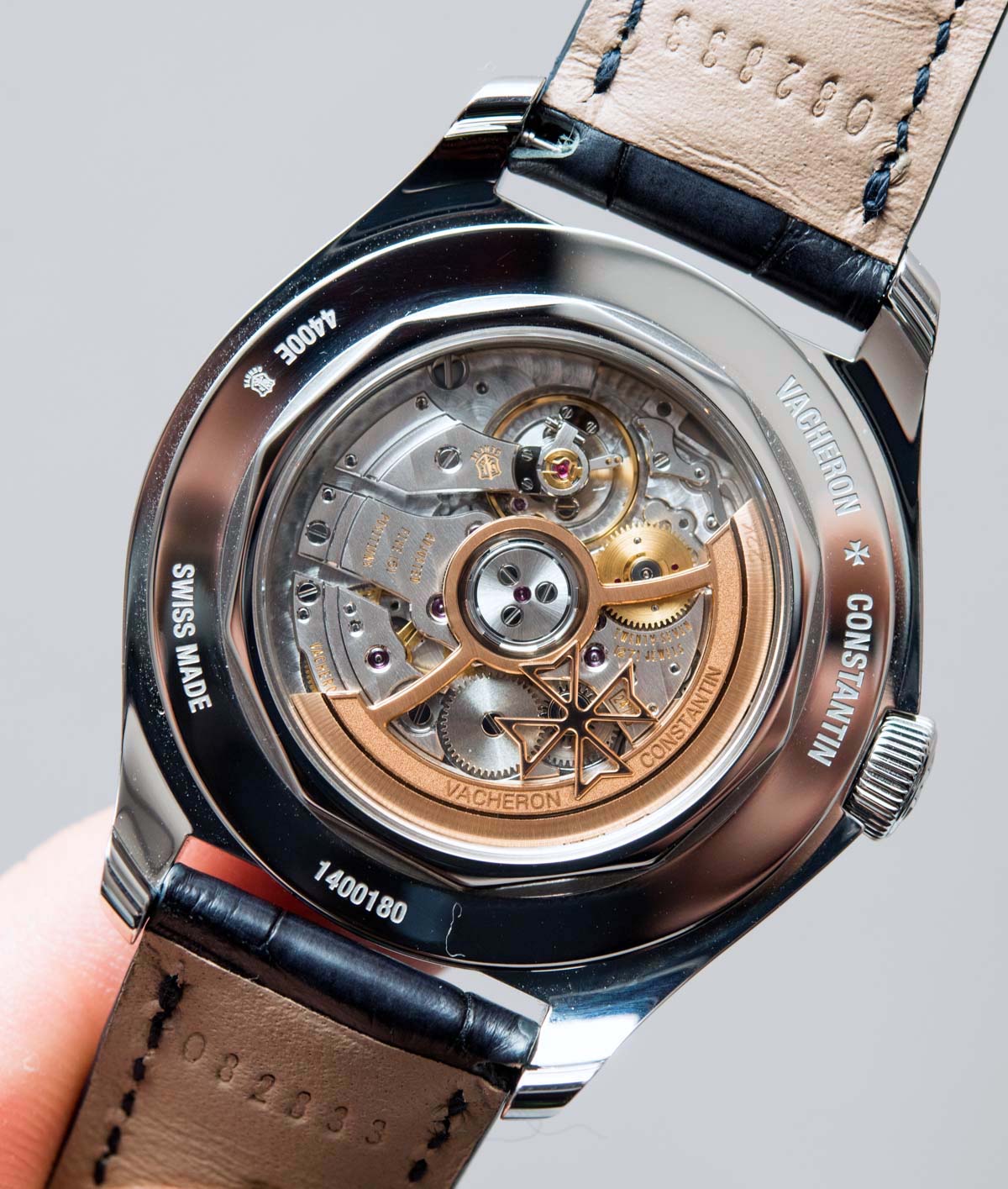
The Positives
The FiftySix collection displays a deep-running fascination with the Maltese cross. Sure, it is the logo of the brand and the – mind you, genuinely refreshing-looking and creatively designed – lugs were also inspired by it but, actually, the Maltese cross for Vacheron Constantin comes from a lesser known, rather more obscure detail. The brand’s logo “is inspired by the shape of a component formerly found in mechanical movements. A small wheel connected to the barrel of the cover (sic., presumably they meant the cover of the barrel) which made it possible to use the most constant section of the spring by regulating its degree of winding and unwinding, in order to enhance the precision of the watch.” Am I the only one who’d love to see this namesake feature on these watches again?
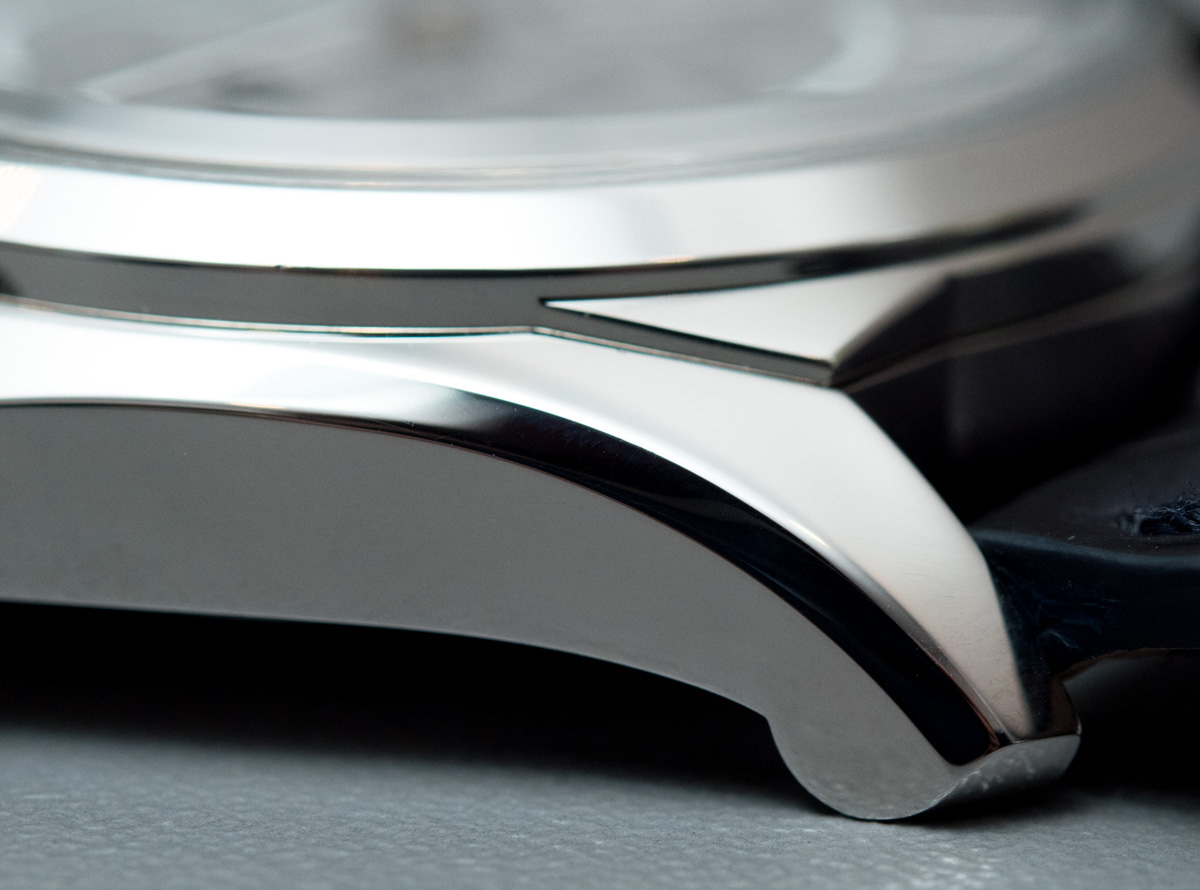
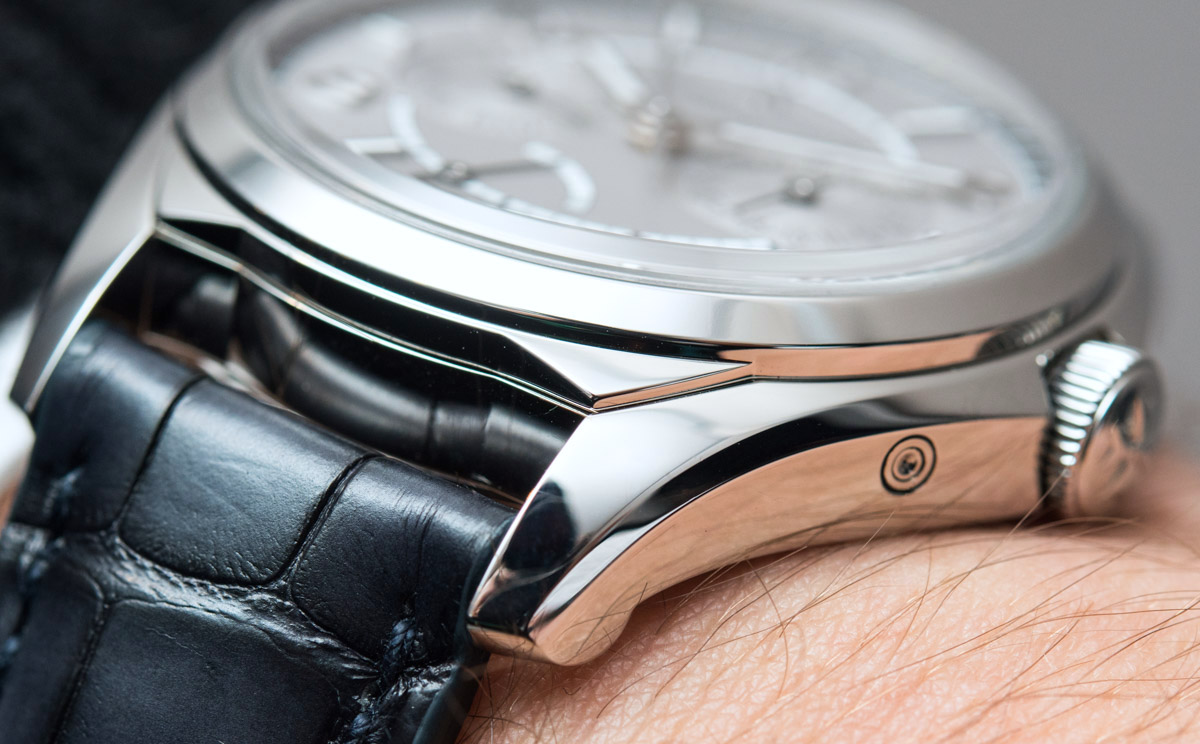
Though I can’t quite twist my mind to see the Maltese cross in the lugs, it nevertheless is unquestionably the neatest element shared by all pieces in the FiftySix collection. They simply are as fabulous as lugs can get and if there’s one element where the FiftySix shines without reservation, it is here. In previous years I kept asking if it was actually impossible for big brands to form lugs into something more unique and exciting on their more competitively priced pieces as well. Turns out, Vacheron is at last showing the way, because these really are some of my favorite designs in a long, long time. If anything, these bold, elegant, unique-looking lugs – and the overall case design itself – highlight even more strongly the lame and indecisive dial design.

